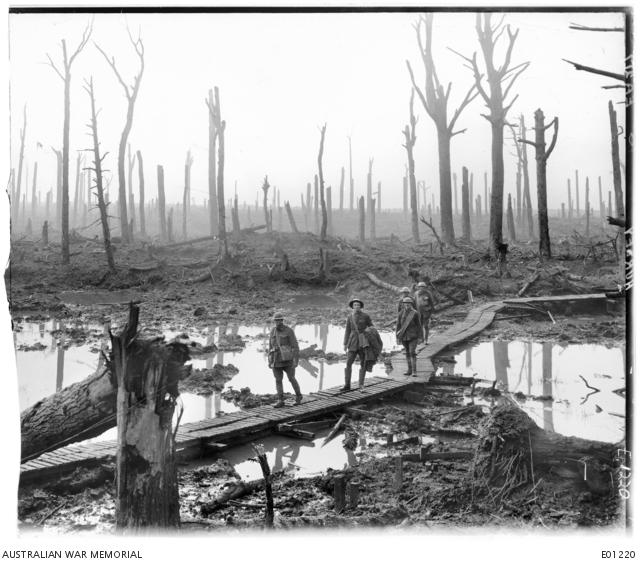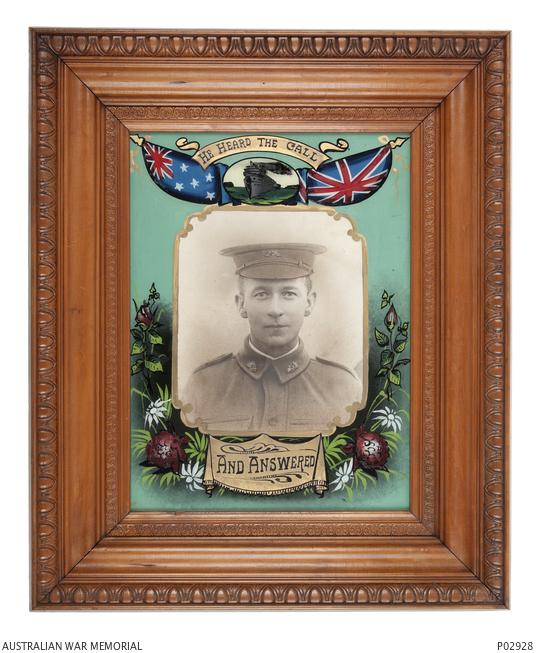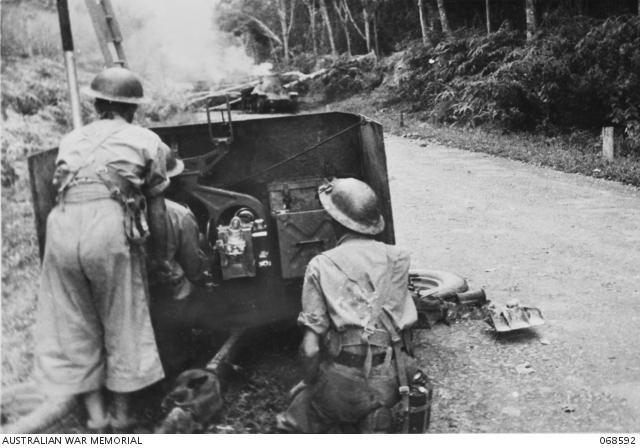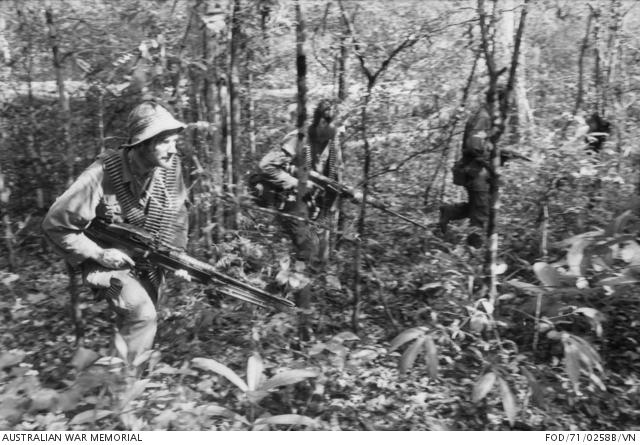Contact: Photographs and the modern experience of war
War and photography have a close association in Australian history. Some of Australia’s first photographs were taken by military figures, and the country’s military culture has been a regular subject of professional and amateur photographs since the mid-nineteenth century. Many of these photographs have become Australian icons and play a vital role in the nation’s memory. Many of the key examples from this history are held in the Australian War Memorial’s collection of photographs, a collection established to honour the men and women who served Australia in times of war. It now stands as one of the country’s largest and most historically significant photographic archives.
Contact presents the first, authoritative survey of the Memorial’s photographic collection and of the history of Australian war photography more broadly. It features over 200 photographs, drawn from the work of the many official, commercial, and amateur photographers who have recorded the Australian experience of war. These beautifully reproduced images provide a sense of the breadth of the Memorial’s collection, and include many of its best-known works. Contact also uncovers many of the collection’s hidden treasures, including the work of the many soldiers and nurses who privately photographed their own experience of war, and the photographs displayed in Australian homes to commemorate the service of family members. These photographs are reproduced alongside a detailed discussion of the history of Australian war photography and the Memorial’s photographic collection. Together, pictures and words present a powerful account of the important place these photographs hold in Australian memory.

Frank Hurley, Château Wood, 1917
E01220
Introduction to Contact: Photographs and the modern experience of war
With the appointment in late 1916 of Australia’s first official war photographer, Herbert Baldwin, the photograph was harnessed to the task of telling the story and commemorating the history of Australians at war.For Charles Bean, Australia’s first official war historian and the founder of the Australian War Memorial, the photograph formed part of a broader national archive comprising written accounts, relics, and other pictorial records that together would tell the story and commemorate the history of Australians at war. For Bean, the photographs would have a very particular character, which he worked hard to maintain: they would represent objective, straightforward records of the events, personalities, landscapes, and effects of the Australian war experience which would preserve forever the memory and the sacrifice of those involved.

A reverse-painted glass portrait depicting 664 Private (Pte) Frederick Clarke.
P02928
The photograph would in turn perform a vital function in the national memory of war. It would be of invaluable service to those who, after the event, attempted to piece together its fragments and make sense of the experience and sacrifice of Australians. Further, it would provide an indelible and incontrovertible image of a cornerstone event in the course of Australian history; according to Bean, “the history of [the Australian] race will be preserved and illustrated” within it. These were big, important claims. These photographs would portray some of the defining moments in the young nation’s history against which Australians would forever judge themselves.
The archive of First World War photographs developed by Bean and taken by Baldwin, Frank Hurley, and Hubert Wilkins, among others, was indeed used in this way, even when the naïve faith in the photograph’s realism that underpinned the archive was abandoned. When Australian soldiers departed for the Middle East and the Second World War, photographs of their First World War ancestors were readily invoked in the pages of the country’s media. These photographs reminded Australians that the new ANZACs belonged to an important historical tradition, and in turn lent to the men and women who went away in 1940 a readymade package of meanings and associations.

prob. Clifford Bottomley, Muar ambush, 1942
011302
A vast, highly organised photographic undertaking – the size and scope of which has not been seen since in this country – followed Australians into the Second World War. Between 1939 and 1945 hundreds of men and women photographed its events in great detail, both for the historical record and to promote the war effort. Among these photographers were some – Damien Parer and George Silk being the most notable examples – who would become household names in Australia; their work became part of the everyday fabric of Australian life and an integral component of discussions about the war and its course. At the same time, the photograph became highly politicised: despite its apparent realism the photograph could be manipulated. What made the photograph ideal for the historical record also made it ideal for propaganda purposes, and a single photograph could be used to promote a range of competing aims.
The postwar period saw the visibility of the war photograph wax and wane according to public interest in the experiences of Australians involved in conflict and the conditions under which photographs were taken. Nevertheless, thousands of photographs recorded the experiences of Australians involved in the postwar occupation of Japan and in subsequent conflicts in Korea, Malaysia, Indonesia, and, most prominently, in Vietnam. And while competition from television and other visual technologies meant the photograph would never again reach the pervasive level of visibility it had experienced during the First and Second World Wars, it would continue to play a vital role in the way that military activity was documented and presented to the Australian public.

John Ford, A section of soldiers from C Company, 2RAR /NZ (ANZAC) taking part in the battalion's final operation in Vietnam before returning to Australia later in the month, May 1971
FOD/71/0258B/VN
In Australia, as elsewhere, photographic images taken during the Vietnam War greatly influenced public perceptions of the war and its consequences. The Memorial’s photographic collection charts this history. It continues to build upon the photographic record initiated by Bean, with material now covering the roles of Australians in contemporary peacekeeping operations and in recent wars in the Middle East. In this way, the Memorial’s collection of photographs constitutes an unprecedented visual and historical account of Australia’s involvement in war, one that at every turn commemorates the participation of Australian men and women. It also offers an unusual record of photographic practice in this country, unusual for its historical breadth, and for its comprehensive coverage of its subject.
Contact presents a history of Australian war photography and of the Australian War Memorial's collection of photographs. It delineates the photograph’s very particular function in providing an account of Australian military history and the sacrifice of Australians at war. Supporting this account is a selection of over 200 images that reflect the historical scope of the Memorial’s collection. These have been arranged in a loosely chronological order or grouped according to common themes and subjects. The photographs range from the oldest photograph in the collection – an 1861 photograph of one of Sydney’s early volunteer military corps taken by its retired commander – to images recently taken by Australian photojournalists during the resurgence of civil unrest in East Timor.
People involved in the book:
- Shaune Lakin - author
- Brett Wiencke - designer
- Bob McKendry - image interpretation
- Nola Anderson and Patricia Sabine - production coordinators
- Collete Robinson, Steve Burton, Hans Reppin - image preparation
- Robert Nichols, Michael Thomas, Tina Mattei, Nola Anderson - editors
- Ian Jackson - research assistant
- Gordon Darling Foundation - sponsors
- Goanna Print - printers